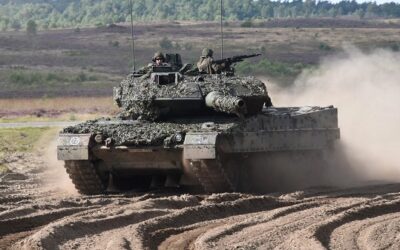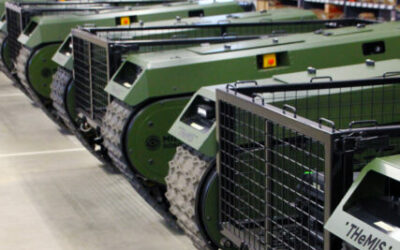Components Ten Times More Durable
A demonstration during a January visit by William E Taylor, USMC Assistant Deputy Commandant for Aviation (Sustainment) to the Fleet Readiness Center Southwest (FRCSW) at Naval Air Station North Island, CA, revealed just how potentially effective the use of cold spray additive technologies could be, according to US Navy reports.
An additive, solid-state thermal spray process, the cold spray technique bonds metal to metal in a relatively low temperature environment, restoring critical dimensional features of complex components lost through wear, corrosion or damage. Spraying powdered metallic alloys direct onto the component creates a mechanical bond, without causing any heat-induced changes to the substrate.
The advantages accruing from the use of the cold spray additive process are several. A traditional chrome coating process can take up to 20 hours; the cold spray alternative less than two minutes. Traditional processes result in machine rejection rates between 20-40%; of the 150 parts subjected to the cold spray process so far, none have been rejected. Health hazards and safety precautions necessary in traditional methods are virtually done away with in the cold spray process. Savings achieved are dramatic: on one F/A-18 component, ten have already been returned to the fleet instead of having to be scrapped and replaced – at a saving of U$1.6 million.
Just as important as the time and cold hard cash savings these advantages deliver is the endurance of the repaired parts. According to NAVAIR sources involved in the programme, parts repaired in this manner can endure at least ten times the stress and impact of traditionally processed components.
The process has been made possible as a result of a cold spray technique known as Kinetic Metallization developed by Santa Barbara, CA-based Inovati. A combination of low-pressure helium or nitrogen coupled with a sonic nozzle to accelerate particles provides significant advantage and wastes less material than other cold spray techniques, according to Navy engineers.
























